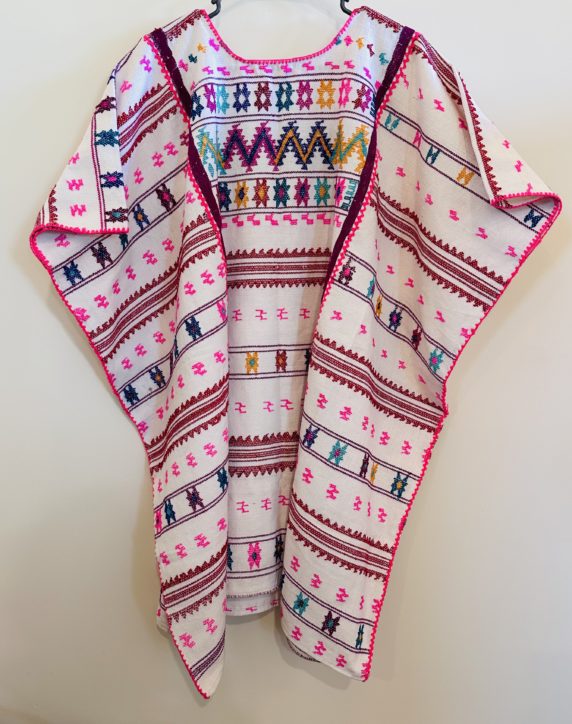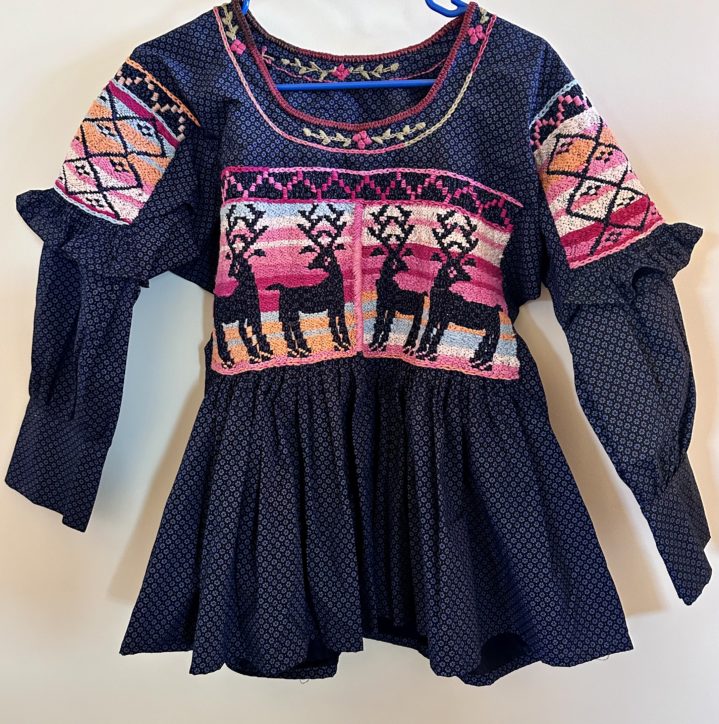One of the best days so far is the 9 a.m. to 3 p.m. visit to the Taj Mahal in Agra, India. Yes, it’s definitely a tourist attraction and not off the beaten path. But, how can one come to India and not go there? Certainly not me!
HAPPY THANKSGIVING FOR THOSE IN THE USA!
We traveled by train and took a taxi from the station to the guesthouse. Both the Delhi and Agra stations are a mishmash of individuals and families, sitting, squatting, waiting, eating snacks. Horse drawn carts and bicycle rickshaws compete for passengers with Tata taxis. Noise and humanity is fierce.
But not so inside the grounds of the Taj, where manicured lawns and well-mannered travelers offer a visual distraction to the looming white marbled domed building. Perfect Mughal symmetry. Perfect in every way.
I feel the presence of many who come from around the world as if on pilgrimage. There is a mix of Moslems, Hindus, Jains, Christians, Buddhists. Women, young and old, wear sarees or the more contemporary pantsuit. The cloth colors are jewels. The patterns and designs signify the region of the wearer. The red bindi mark on the forehead between the brows designates those who are married.
For me, this was as much about meeting people and commenting to them about their beautiful textiles as it was about being in the presence of this famous mausoleum. I am beginning to identify the regions where the cloth is woven, and which is made with natural dyes.
It was definitely a fashion show that kept my attention from 9 a.m. to 3 p.m. The weaving is very intricate, especially the ikat, and it is a joy to see the cloth used as daily wear.
We left the guesthouse to catch the 5:50 p.m. Gatiman express (1-1/2 hours to Delhi) back to Delhi, arriving in time for a late dinner. Buy tickets in advance through a travel agent.
My recommendation is NOT to hire a guide but instead rent the audio cassette in English once inside. There are 16 stops that fully explain the architecture and the history. You can move at your own pace and not be harassed by an over-eager attendant who leads you at his pace.
Guides tell tourists to go inside the monument at 6:30 a.m. for sunrise and at sunset to see the Taj from the gardens across the Yamouna River.
In my opinion, it’s best to see the Taj in midday, when the strong sun glows and the domes are white iridescent. My personal experience was that sunset was not dramatic. There’s pollution in Agra, although locals call it fog!
Foreigners pay more for admission, 1,000 rupees. You can buy tickets online and then print them out and take them to the ticket office. From the ticket office near the East Gate, there are free electric vehicles to transport you directly to the site.Don’t fall for taxi drivers who tell you it’s too far and you need them to drive you around to get in.
Traveling without being in a group has its downsides. And, it’s not easy here to navigate a world where noise, pollution and traffic (hours of it) dominate the experience. Were I to do it again, I’d do it differently.
Agra is multi-cultural. About 60% of the population is Hindu, 30% is Moslem, and the remaining 10% are minorities: Christians, Jains, Buddhists, etc.
We heard so many languages and I identified people from Japan, Malaysia, the U.K., throughout India by their dress. My friends here tell me that the traditional saree is making a comeback and more young women who want a cultural connection to their country are adopting the saree for everyday wear.
We have found the people to be friendly, warm and kind for the most part. The young, educated people especially, who helped us with bags, helped us find our way, helped us get taxis, ensured that we were going in the right direction.
Of course, the first topic of discussion from Indians is our presidential election. People are so surpised at the outcome and wonder how this could happen. I find myself in a continuous state of apology.
My hands clasped together, I bow slightly and say, Namaste. What else can I do?
Inside the mausoleum, people stand before the crypt of the beloved queen Mumtaz Mahal who died giving birth to her 14th child at age 38. Shah Jahan is buried with her. Women bend their heads as if in prayer atop the railing, throw rupees into the center. Wishes. I wonder what they wish for?
I don’t notice any breastfeeding women here, like I do in Mexico. I see babies cradled and sucking bottles. I do see (and have eaten) plenty of samosas, dal, chickpeas, and banana chips. Spice is king here.
One night could be enough unless you want to explore the Agra Fort, the Baby Taj and take a day trip out to Fatepur Sikri, a stunning, simple palace complex built after the first Mughal invasion of India that was abandoned after 19 years because of water shortages.
Colonialism survives in India. Because I’m a foreigner and paid more for the entry ticket, I was segregated to go into a shorter queue, given a bottle of water and slippers to cover my shoes. Later, I stood in line for the ladies room. The attendant waved me to her and I followed.
She opened a door to a private bathroom stall, pristinely clean. I never got to see what the regular person uses. Maybe, it’s because of my venerable age or is it because of skin color?
Women here have their own safe Metro cars devoted exclusively to the and can go into the front of ticket lines before men, too.
Recommended travel tips:
- Take an early morning train from Delhi to Agra.
- Check into your hotel.
- Spend Day One at Fatehpur Sikri (an hour from the city) and end it at the gardens. Squeeze in the Agra Fort if your have enough fortitude.
- Day 2, take a leisurely breakfast. Go to the East Gate to get your ticket stamped, and collect the water bottle and booties. You can’t go into the mausoleum or mosque unless you wear booties or take your shoes off.
- Leave backpacks behind. No food or drink allowed inside except water.
- Be prepared to go through security. Separate lines for men and women.
- Rent a self-guided tour audio casette.
- Lunch is iffy. Not really any good place to eat but you can get packaged snacks at the Coffee Shop.
- You came here to see the Taj Mahal. Don’t rush through it!
Where we stayed: Aman Guesthouse. Nice people. Decent room and food. Nothing special except excellent hospitality and a good price.
















































































India Journal: New Delhi Textile Shopping Guide
New Delhi is a whirlwind city filled with honking cars, traffic congestion, auto rickshaws that zoom in and out inches from the next vehicle and an efficient, safe metro system. I never saw an accident but thought we would surely collide on multiple occasions. Traffic lanes do not exist although the roads are marked.
Curated textile choices at Kamayani, New Delhi
On a good day the air pollution is passable. On a good day, I could muster the stamina to visit two or three places — a museum or two, a textile boutique or emporium or folk art exposition.
Where To Shop for Textiles in New Delhi
Based on recommendations from my textile expert friends, Nidhi Khurana and Aditi Prakash and what I discovered on my journey, here is my list of where to shop for great cloth in New Delhi, India.
*Takes international credit cards.
Embroidery on pashmina (cashmere) shawl, Craft Museum, Delhi
Shopping Tips
Bhuj bandhani and mirror work embroidery at Kamayani, Delhi
How To Get Around
The best way to get around is to hire a car and driver for the entire day at around 1200-1800 rupees (about $17-25 USD). The downside is you can sit in traffic for an hour (or more) to go a few miles. But the driver takes you door-to-door and waits for you. For intrepid travelers who like an independent approach, I say, try to adapt.
If you use the Metro, you still need to get from the Metro stop to your destination, a challenge in and of itself. Sure, you can save a few dollars but you’ve spent time trying to find a vehicle and then communicating where you want to go. It’s always a choice about how to spend your time.
Walking is impossible.
Indigo block print and shibori fashion, Nature Bazaar, New Delhi
Where To Stay
Saket Bed and Breakfast, extraordinary hospitality and accommodations, walkable to Saket metro stop. French press coffee. Great food. Dinner available. Accepts credit cards. Easy to arrange car/driver services. Clean and comfy. Currency exchange services available. Close to Nature Bazaar, Sanskriti Museum and Hauz Khas Village.
If you have any other recommendations, please add them in the COMMENTS section!
hand-woven, embroidered mirror shawl from Bhuj at Craft Museum, Delhi
Like this:
5 Comments
Posted in Cultural Commentary, Travel & Tourism
Tagged car hire, clothing, credit cards, demonitization, folk art, guide, how to get around, India, metro, money exchange, New Delhi, shopping, taxi, textiles, tips, where to stay